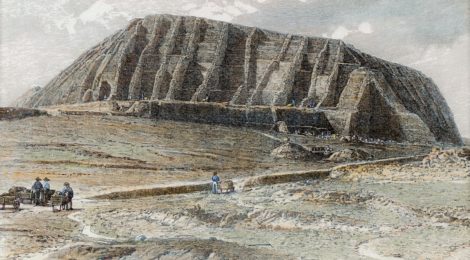
End Of The Fossil Food Age Is Nearing
Humanity Has Depended Upon Fossil Phosphate For A Very Long Time
Today fossil phosphate mineral deposits are all but mined out
When they are gone global food production will rapidly collapse
The tipping point for global phosphate supply is said to be 2030
We began using Phosphate to grow our foods thousands of years ago. For a long time the source of phosphate (and nitrate) was ancient/fossil bird guano. In 1609 the book “Comentarios Reales” described the agricultural practices of the Incas prior to the arrival of the Spaniards. Prominently in it was the Inca use bird guano fertilizer. The Inca’s mined the bird roosts on the coast and transported it far and wide to sustain food production.
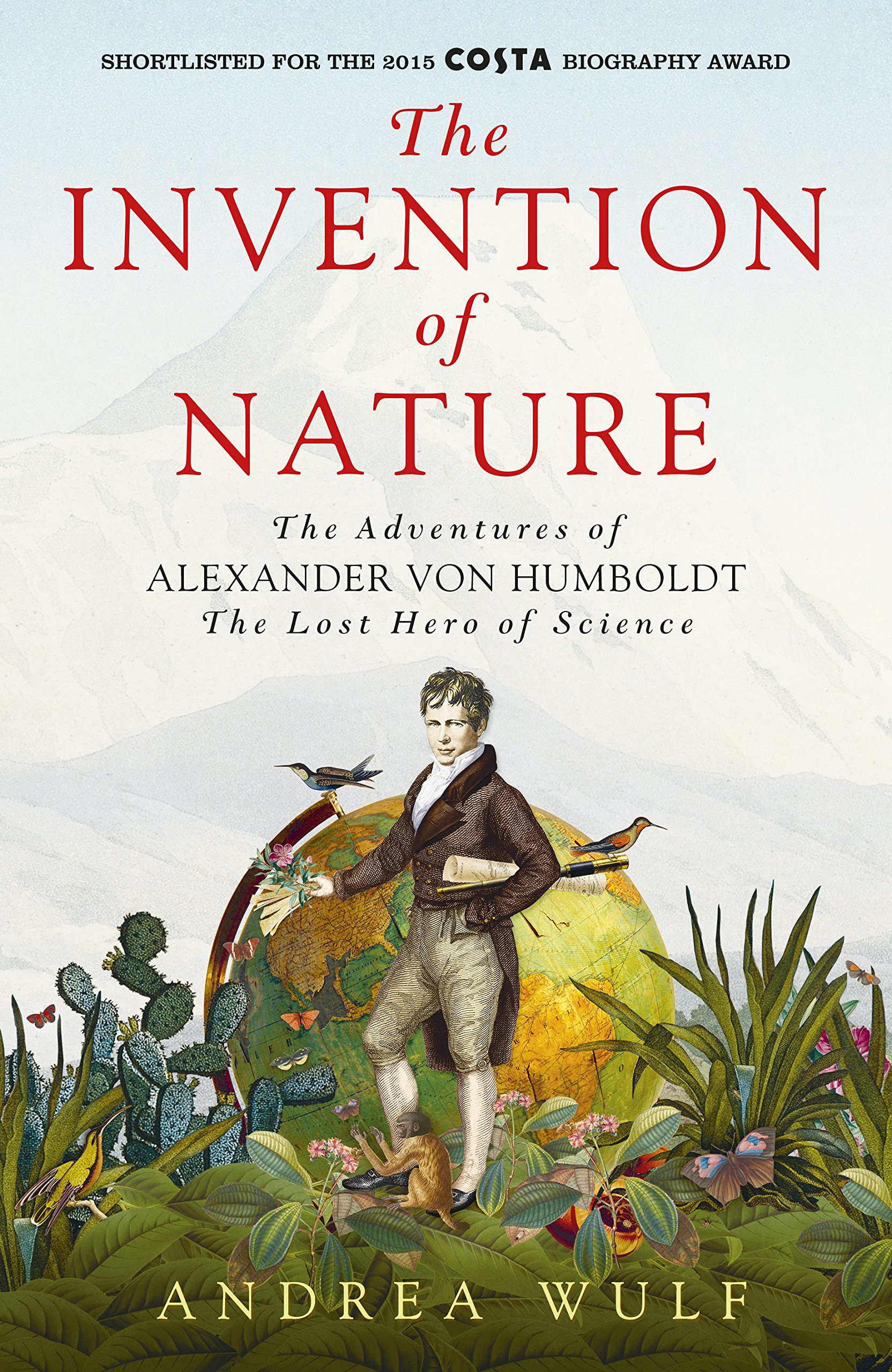
Humboldt has been largely forgotten despite being one of the most famous men in the world during the first half of the nineteenth century. click to read more
Two hundred years later in the early 1800s Alexander von Humboldt, the German explorer for whom the Pacific’s cold Humbolt Current is named (sister to the Atlantic’s warm Gulf Stream), started mining Peruvian guano ( as seen in the photo above) and shipping it to Europe to sustain food production here. At the time the guano on some bird islands that had accumulated over thousands of years was over 30 meters deep. By the start of the 20th century bird island guano had been nearly completely depleted and was replaced with the discovery of phosphate bearing sedimentary rocks.
The heaviest accumulation of phosphorus is mainly on the ocean floor. Phosphorus accumulation occurs from atmospheric precipitation, dust, glacial runoff, cosmic activity, underground hydrothermal volcanic activity, and deposition of organic material. The primary inflow of dissolved phosphorus is from continental weathering, brought out by rivers to the ocean. It is then processed by both micro- and macro-organisms. Diatomaceous plankton, phytoplankton, and zooplankton scavenge and process phosphorus in the water. The bones and teeth of certain fish further concentrate phosphorus and later deposit it much of which is buried in the ocean sediment. Naturally the abundant anchovies for which Peru is famous was the source of the rich phosphate in bird guano mined for a century before being depleted.
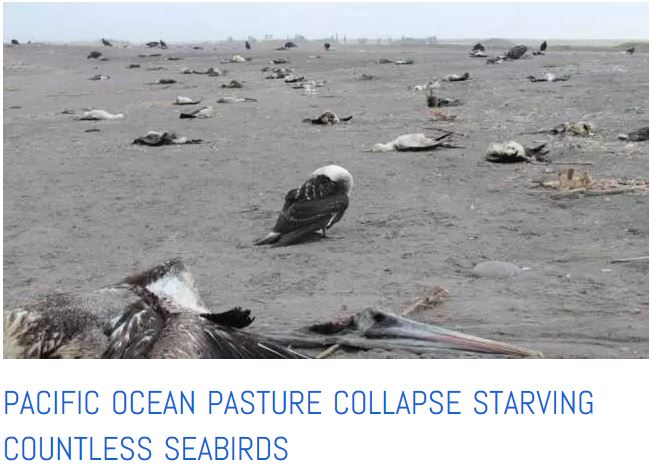
Seabirds are disappearing around the world, as their ocean pastures turn into clear blue lifeless deserts. Fewer seabirds = less phosphate for food. Click to read more
A Warning Sign: Seabirds In The Phosphate Mine Are Dying
Can it be a mere coincidence that the collapse of sea-bird populations around the world has nothing to do with the strip mining of their millenia old guano islands? What intelligent ecosystem management might seabirds have been employing with their rich natural fertilizer islands upon which they nested and reared their chicks?
Seabirds have of course been good stewards of their vital ocean pastures. They are not just dumb birds who are only consumers. making the waters nearest to their nesting sites rich in the natural fertilizers so as to insure they would not have far to fly when raising their young.
Fossil Food Age Phosphate Mining
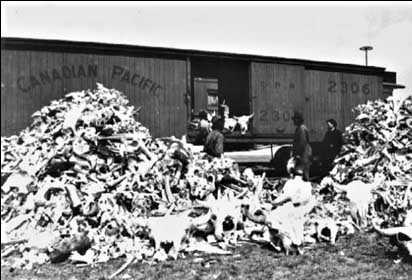
Buffalo bones once sustained agriculture in North America… until the buffalo were all gone.
One hundred and fifty years ago when the vast millions of North American Buffalo were slaughtered almost to extinction. It was their hides and bones the buffalo slaughter was all about. The bones were collected in the years following and ground into bone meal, a key source of agricultural phosphate.
In all of the word phosphorus is a finite (limited) resource that is widespread as sedimentary deposits and recycled in the living biomass. But is relatively scarce in concentrated forms, which are not evenly distributed across the Earth. The only cost-effective production method to date is the mining of phosphate rock, but only a few countries have significant reserves of it and those deposits are rapidly being depleted.
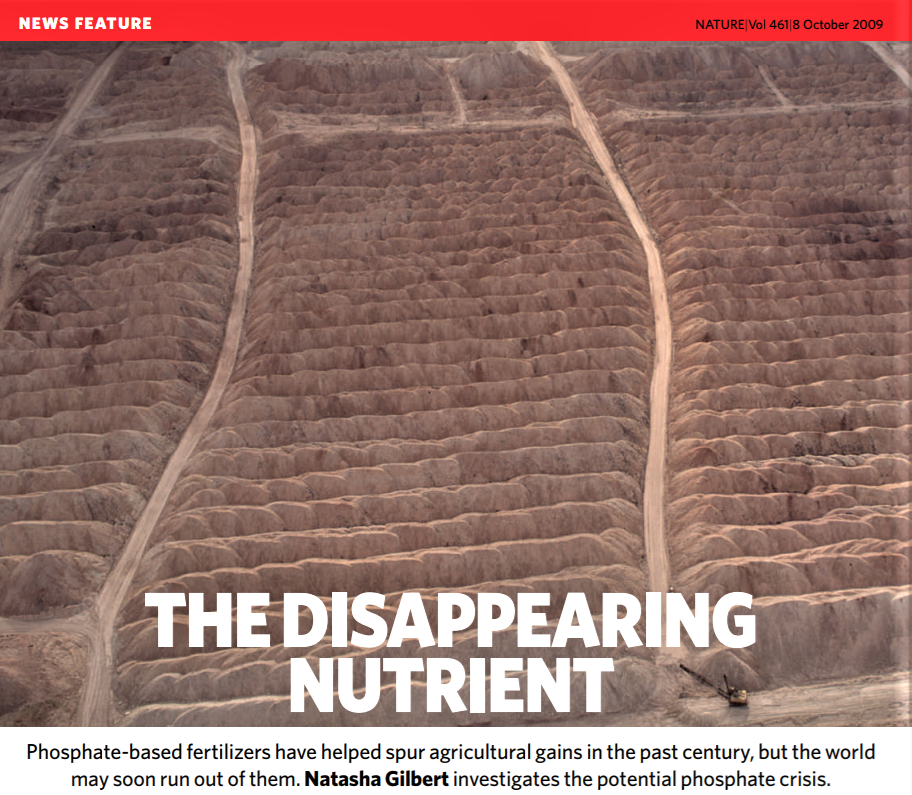
Read in the Journal Nature about the coming of the end of the fossil food/phosphate age. Click to read more
Estimates for future production vary significantly depending on the expert opinion on extractable volumes, but it is inescapable that future production of phosphate rock will dramatically diminish. In occupied Western Sahara there are vast reserves of phosphate minerals which supply 10%-15% of the world’s supply. The phosphate mineral is associated with rich co-deposits of uranium and cadmium and other heavy metals. Coastal waters near the phosphate shipping terminals are suffering as levels of cadmium and other heavy metals in local fish and shellfish are at dangerous levels. There is much controversy over whether this vital source of phosphate is too dangerous to use in agriculture but the growing global phosphate crisis means the heavy metal danger is tolerated.
According to some researchers, Earth’s commercial, affordable, and safe phosphorus reserves are expected to be depleted in 50–100 years and peak phosphorus will certainly be reached by ~2030. That date will signify the beginning of the end of the age of fossil food.
Legislation To Force Recycling Of Wasted Gold Will Piss You Off
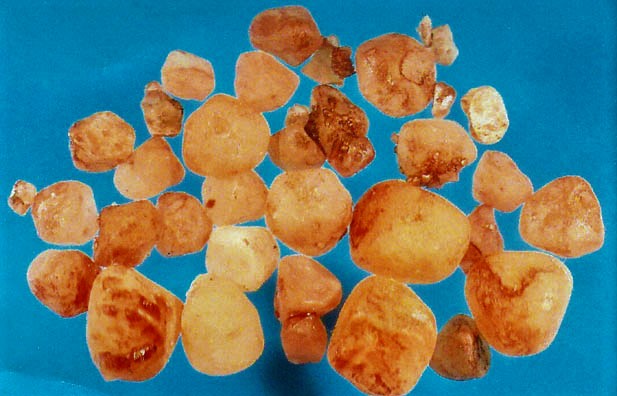
The thought of forced recycling programs will ‘piss’ everyone off as our golden liquid becomes the vital resource to make struvites out of our waste.
Nothing is there as a replacement. Some nations like the Netherlands are seriously looking at setting up a national program to collect urine as a separate waste stream as urine contains lots of phosphate. Simple chemical processing can produce solid struvites out of piss.
While this might prove to help forestall the coming end of the fossil phosphate food age it is far from sufficient and few will agree to a national program to save and recycle their piss even if attractive ‘save the yellow’ campaigns are the golden wave of the future.
Stop pissing around
Restore the ocean pastures and trillions of seabirds will become our most powerful allies in saving the world at the end of the fossil food age.








